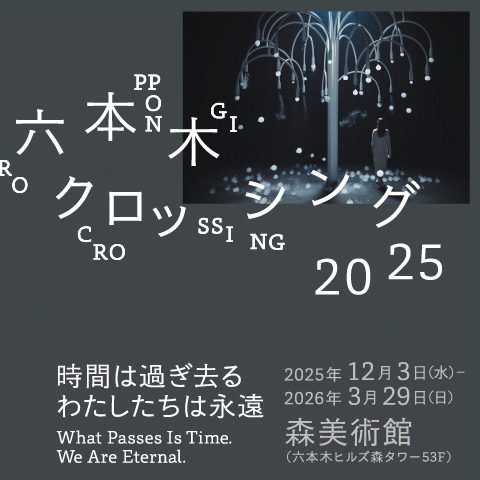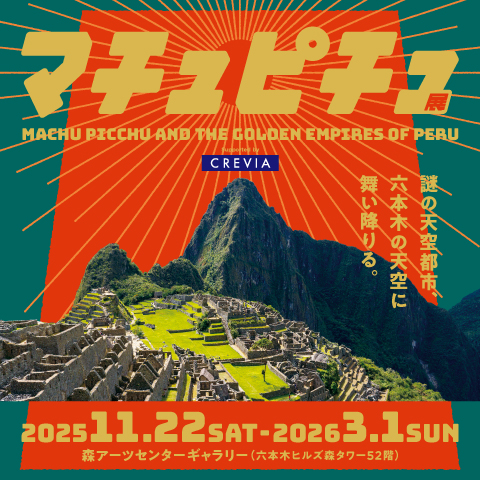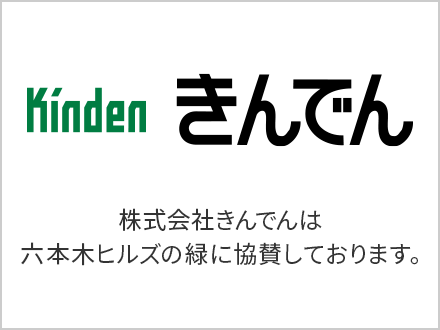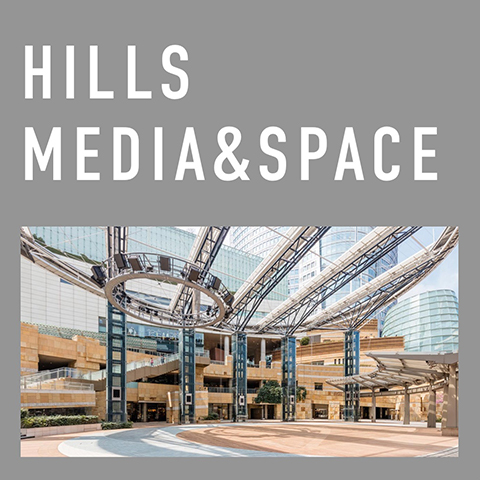現在の毛利庭園が誕生するまで
江戸期 - 大名屋敷の庭園として誕生
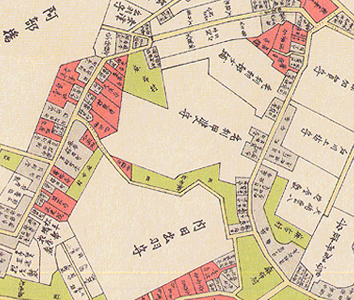
[左図] 延宝年間図「麻布六本木乃付近図」
庭園の歴史は、およそ350年前の江戸時代に遡ります。
慶安3年(1650年)、毛利元就の孫、秀元が甲斐守となり、麻布日ヶ窪の地(現在の六本木六丁目他)に上屋敷を設け、その大名屋敷の庭園として誕生します。
その後、元禄15年(1702年)、吉良邸討ち入り後、赤穂浪士岡島八十右衛門ら10人が毛利家に預けられました(細川、毛利、松平、水野の四家に分けて預けられる)。翌年2月、全員がこの地で武士の本懐を遂げました。
嘉永12年(1849年)、のちに明治時代の陸軍大将となる「乃木希典」が、長府藩上屋敷の侍屋敷に希次の三男として生まれ、幼年期9年をこの「日ヶ窪屋敷」で過ごしました。
元治2年(1865年)、堀田相模守がこの日ヶ窪屋敷を拝領します。
明治~大正期 - 増島六一郎氏が当地を取得

[左図] 明治16年(1883年)陸軍部東京図(測量原図)より
[左下写真] 昭和初期の増島邸、[右下写真] 増島邸全景
時代は変わり、明治20年(1887年)、中央大学の創始者であり、弁護士、法学者、法学博士でもあった「増島六一郎」氏(1857~1948年)が自邸として当地を取得し、その庭園を「芳暉園」と名付けました。
大正8年(1919年)4月、「乃木大将誕生地」として、旧跡指定(現東京都旧跡)を受けます。
昭和期 - ニッカウヰスキー、テレビ朝日が当地を取得

[左写真] ニッカ池の桜(伊藤照彦写真集「六本木六丁目残影」より)
昭和18年3月、「毛利甲斐守邸跡」として旧跡指定(現東京都旧跡)を受けます。昭和27年3月にはニッカウヰスキーの東京工場となり、昭和52年には、テレビ朝日が当地を取得。池はニッカ池と通称されていました。
現在 - 再開発事業による、「毛利庭園」の誕生

[左写真] 再開発前の六本木六丁目付近
その後、平成10年に六本木六丁目地区市街地再開発組合が設立され、平成12年4月に、再開発事業の着工。平成15年4月に「六本木ヒルズ」がオープンし、現在の「毛利庭園」として誕生しました。
庭園の歴史年表
江戸期
| 慶安年間(1648~1652年) | 毛利秀元が甲斐守となり、麻布日ヶ窪(現在の六本木六丁目)に上屋敷を設け、江戸の大名屋敷の庭園として誕生 |
|---|---|
| 元禄15年(1702年)12月 | 赤穂浪士の討ち入り |
| 嘉永2年(1849年) | 乃木希典日ヶ窪屋敷に誕生 |
| 元治2年(1865年) | 堀田相模守日ヶ窪屋敷拝領 |
明治・大正期
| 明治20年(1887年) | 増島六一郎氏が当地を取得 |
|---|---|
| 大正8年(1919年)4月 | 「乃木大将誕生地」として、旧跡指定(現東京都旧跡)を受ける |
昭和・平成期
| 昭和18年(1943年)3月 | 「毛利甲斐守邸跡」として、旧跡指定(現東京都旧跡)を受ける |
|---|---|
| 昭和27年(1952年) | ニッカウヰスキー東京工場となる |
| 昭和52年(1977年) | テレビ朝日が当地を取得 |
| 昭和61年(1986年) | 東京都が六本木六丁目地区を「再開発誘導地区」に指定 |
| 平成2年(1990年) | 再開発準備組合発足 |
| 平成7年(1995年) | 東京都 都市計画決定告示 (再開発地区計画 第一種市街地再開発事業 他) |
| 平成10年(1998年) | 六本木六丁目地区市街地再開発組合設立 |
| 平成12年(2000年)4月 | 着工 |
| 平成15年(2003年)4月 | 「六本木ヒルズ」オープン、毛利庭園誕生 |
庭園の歴史年表 生まれ変わる毛利庭園 毛利庭園に息づく生命たち 植物図鑑


